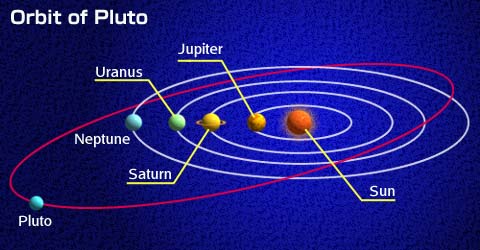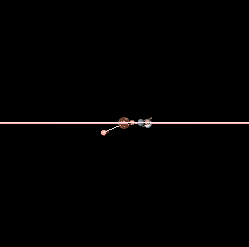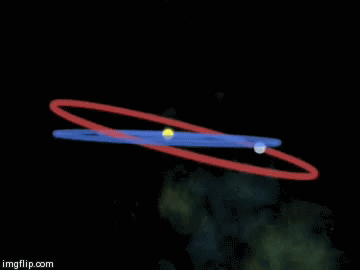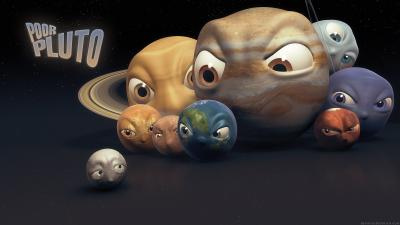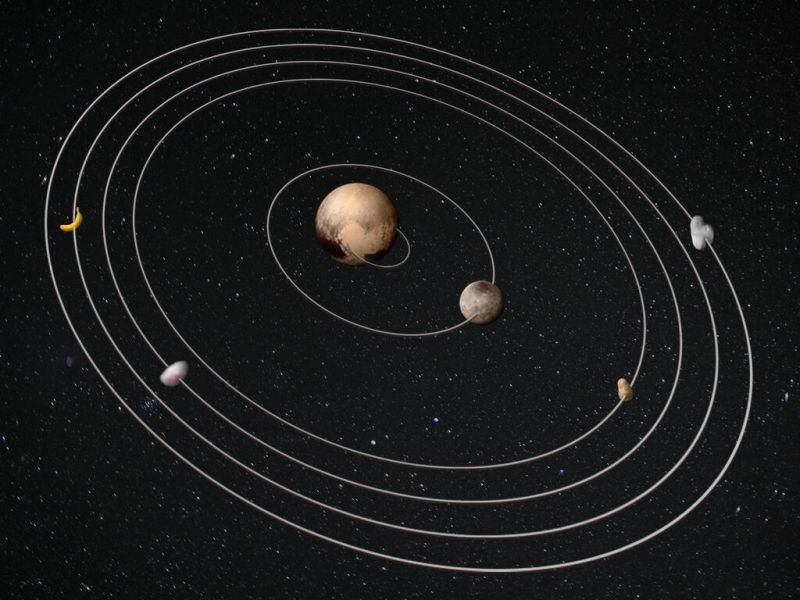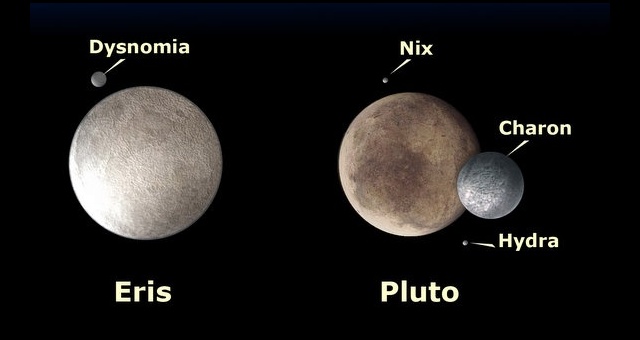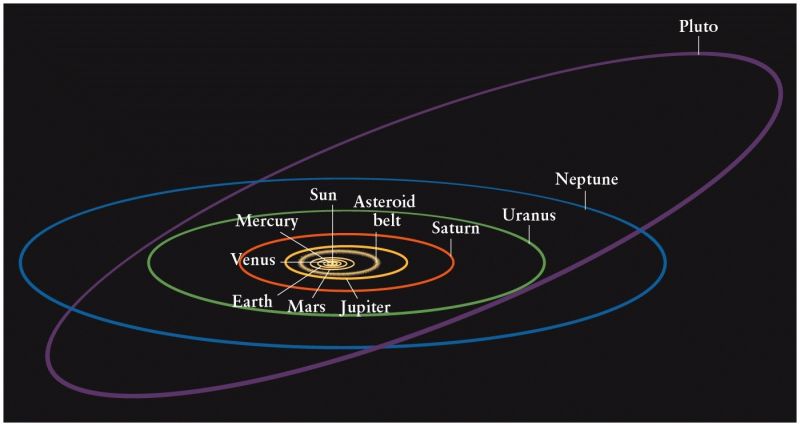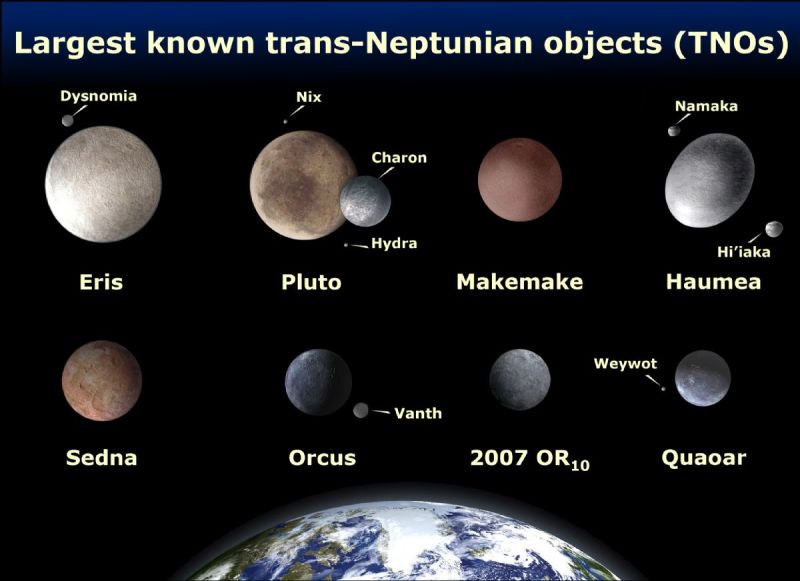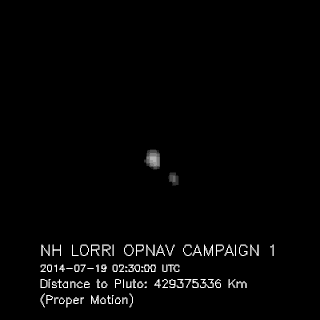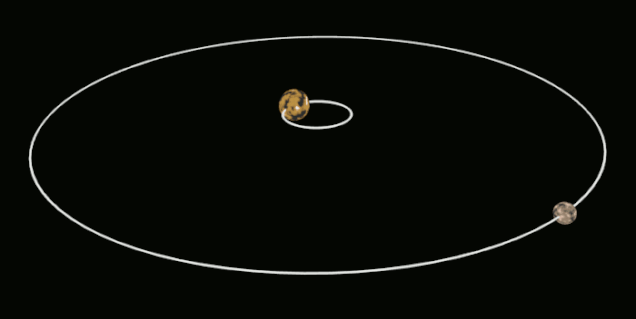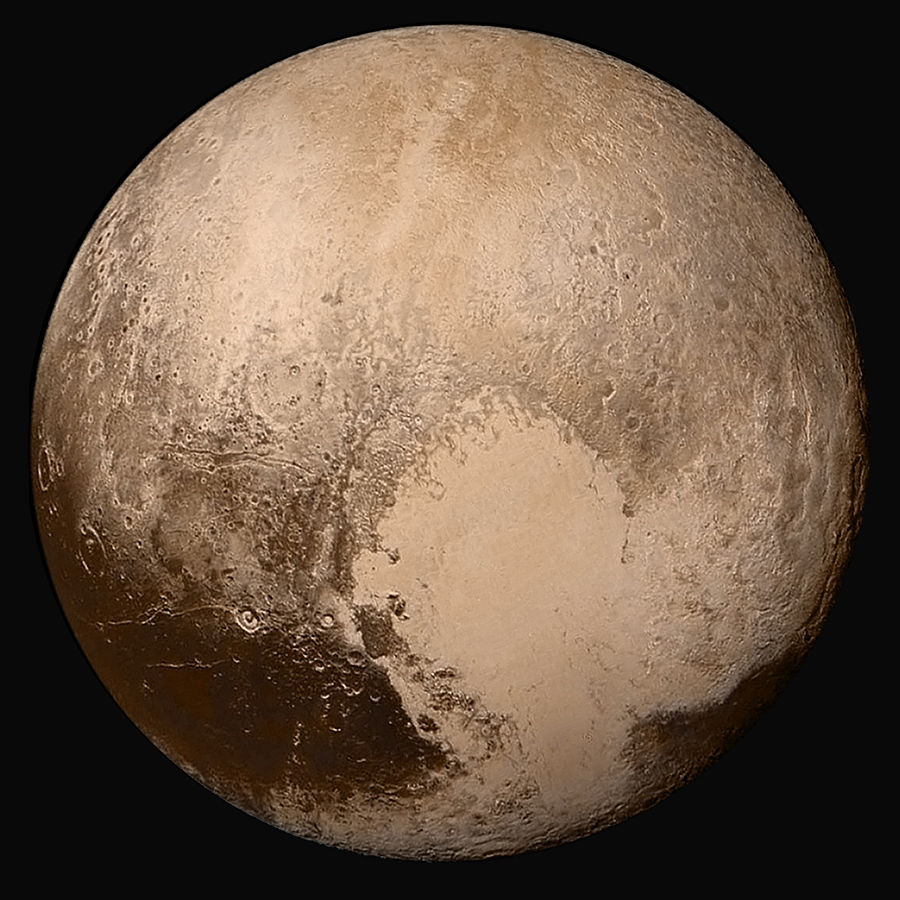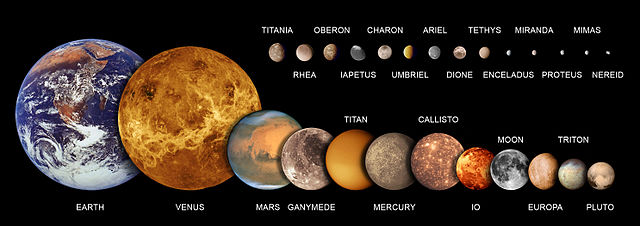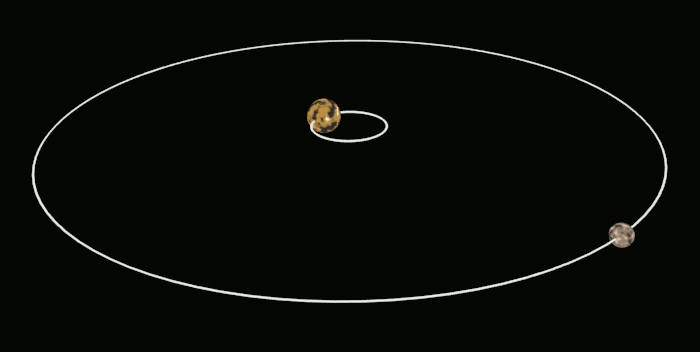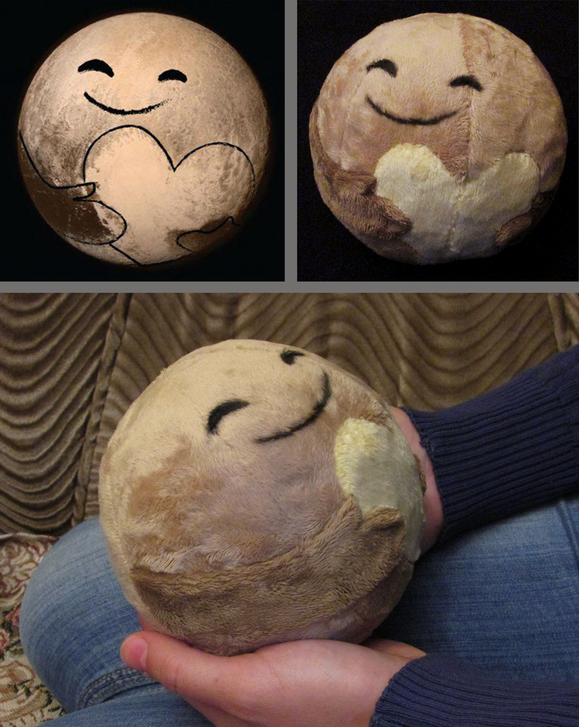I think it is a genuinely difficult question. Recall that Pluto was discovered by Clyde Tombaugh as part of a deliberate search for the planet thought to be responsible for irregularities in Neptune's orbit. (We now know these irregularities were computational errors.)
So, when Pluto was spotted in the right place for where we expected to find a planet it was natural to call it a planet. Had we stumbled on it by chance and recognised from the outset the peculiarities of its orbit and its low mass, it is doubtful it would have been classified as a planet. Had we simultaneously been aware of Sedna and Eris and Makemake and the rest of the Trans-Neptunian bodies it certainly would not have been called a planet. A new category would have been created, just as had been done a century earlier for the asteroids of the main belt.
Although, for sentimental reasons, it would be nice if it were still a planet, the reclassification is logical. What I do object to is the rather sloppy rules that have been established by which to distinguish between planets and dwarf planets - but that is another matter.
A final observation: one thing that pleases me is that the downgrading occurred after Clyde Tombaugh had died. He did not have to witness the downgrading of the hallmark achievement of his life.

